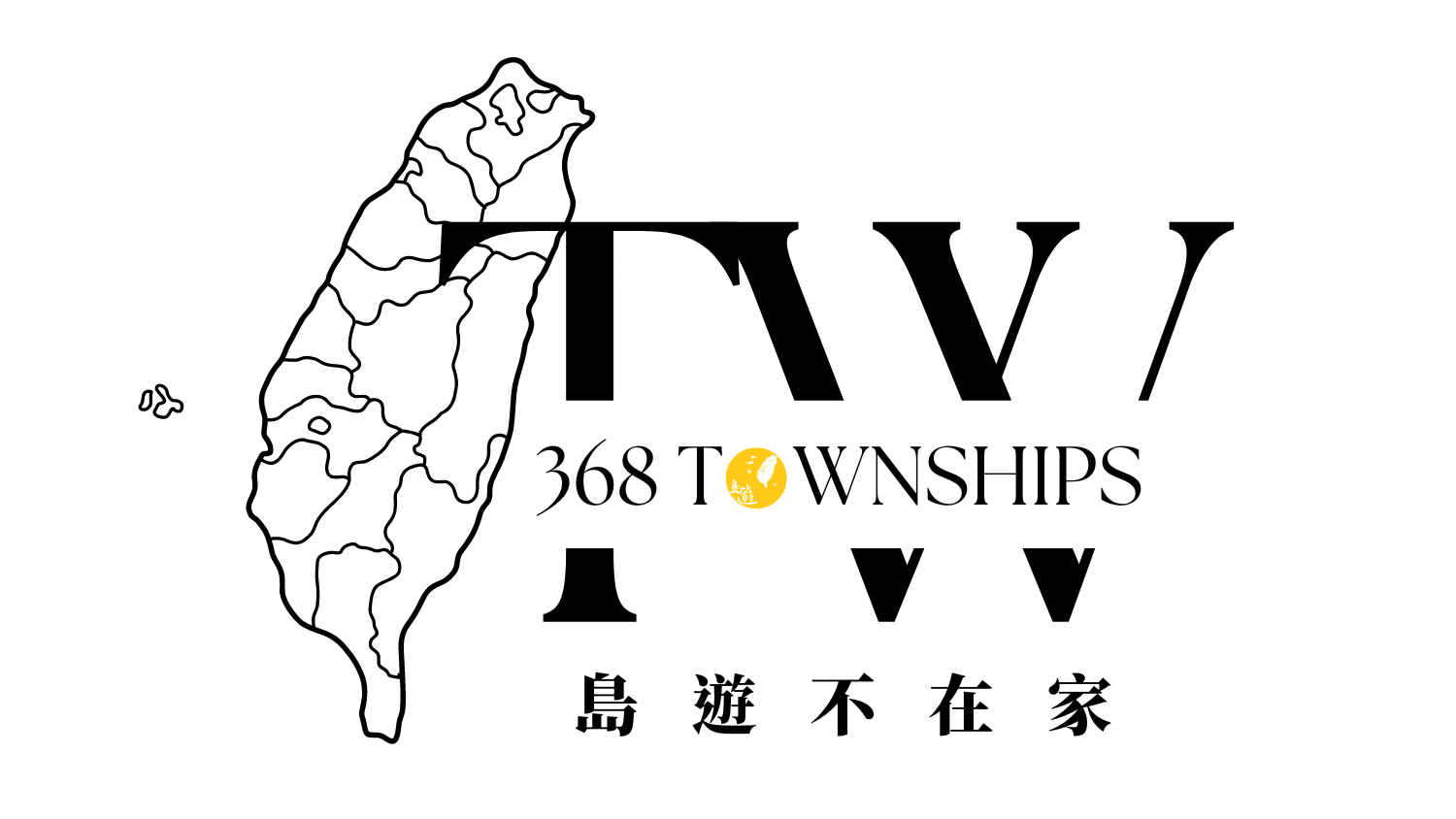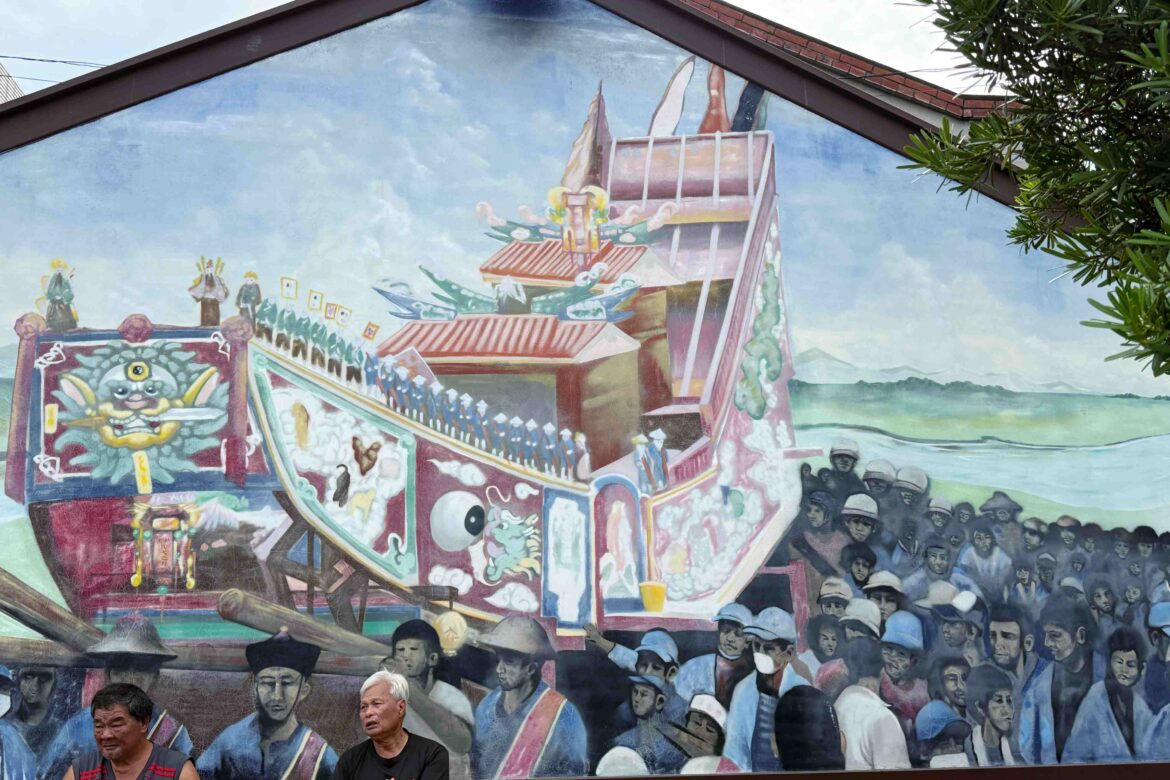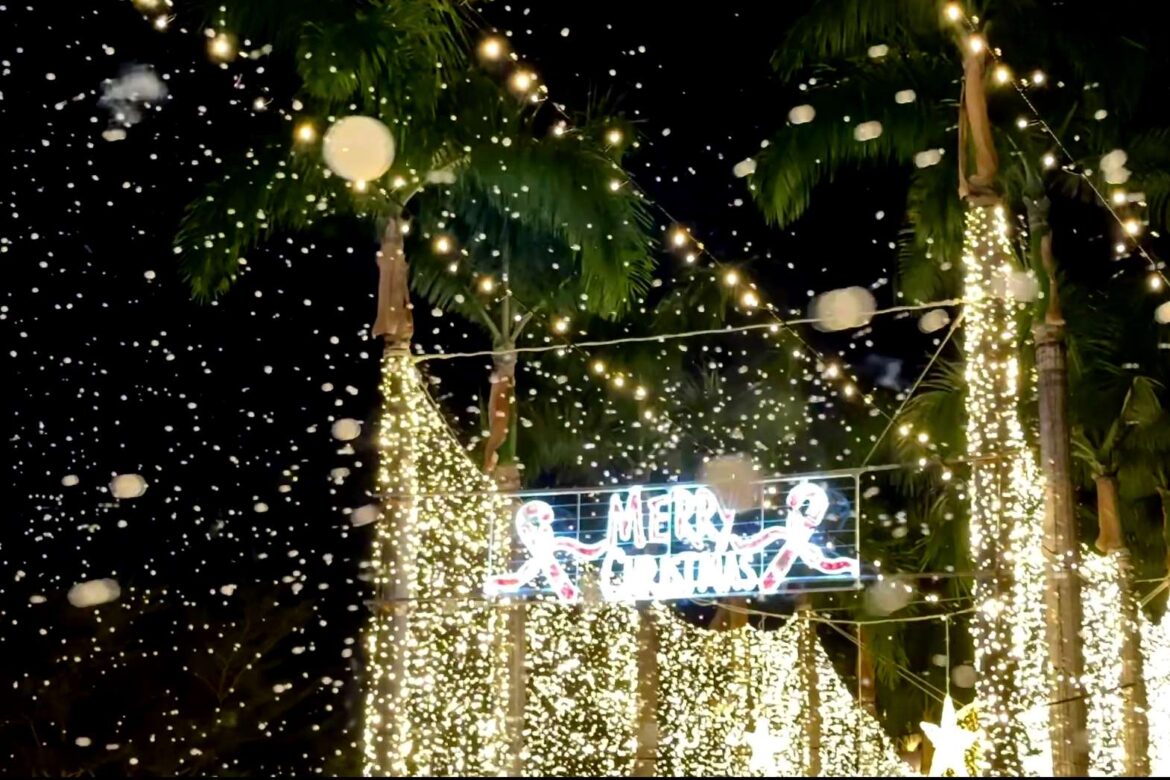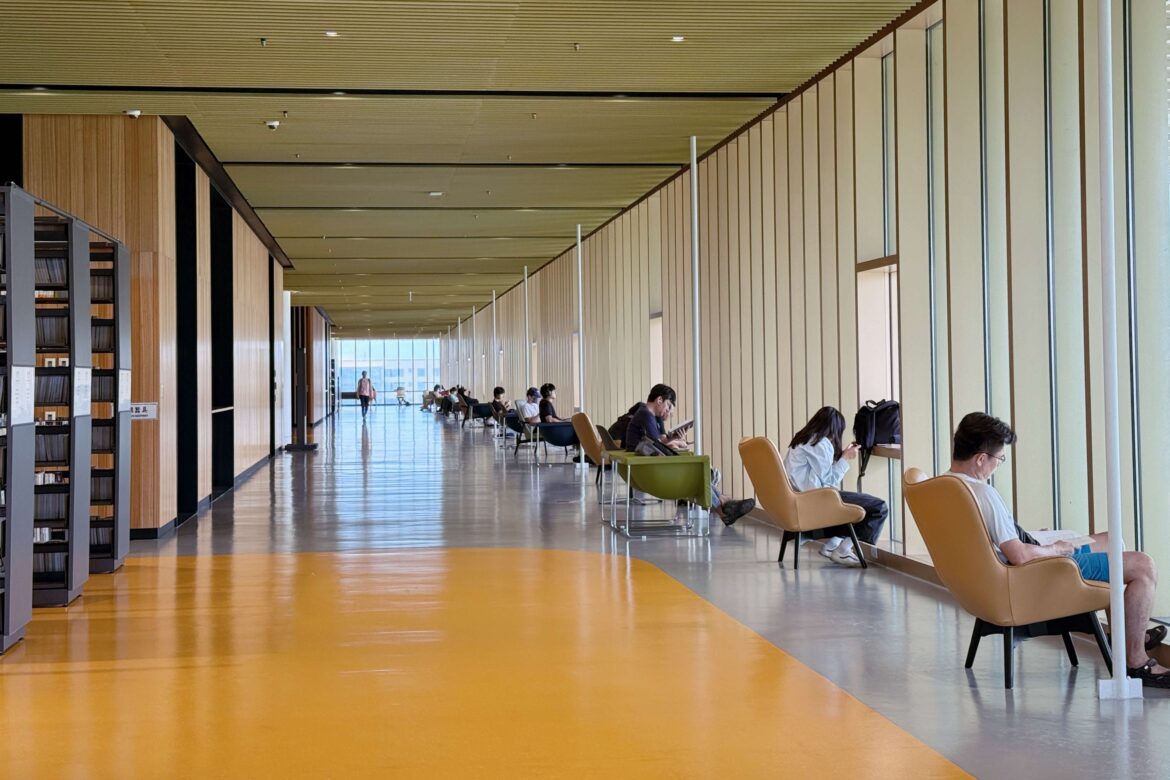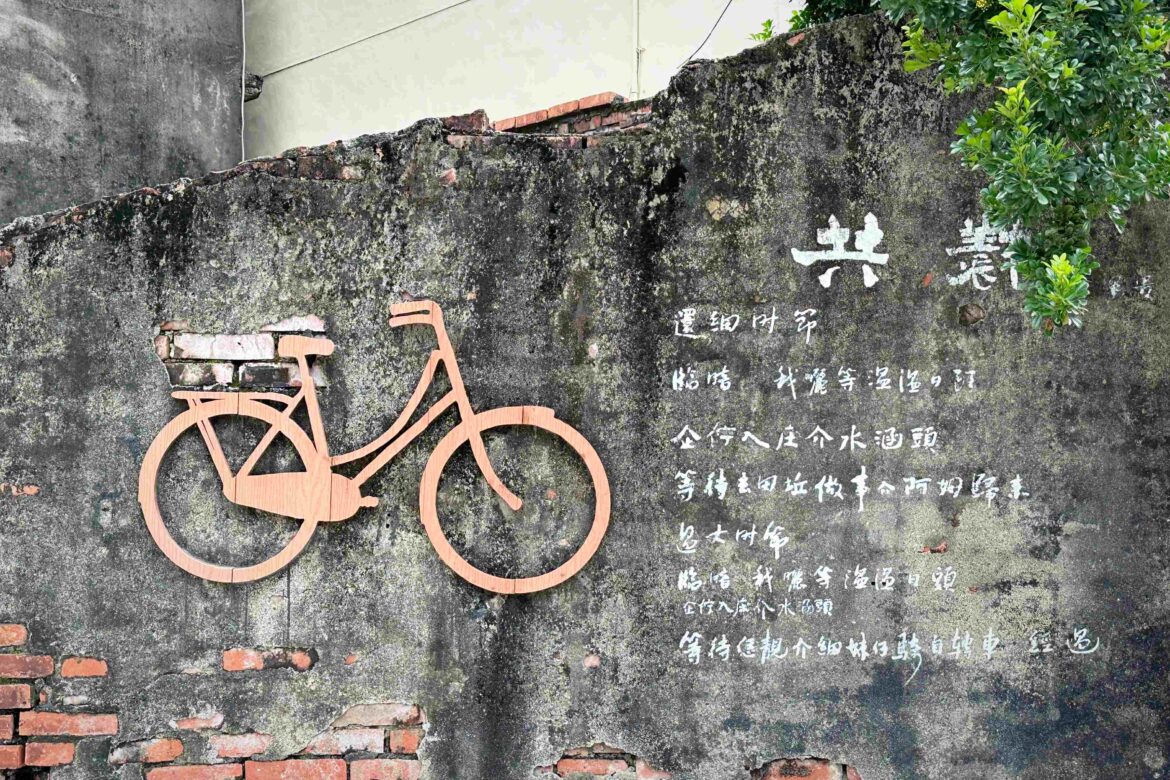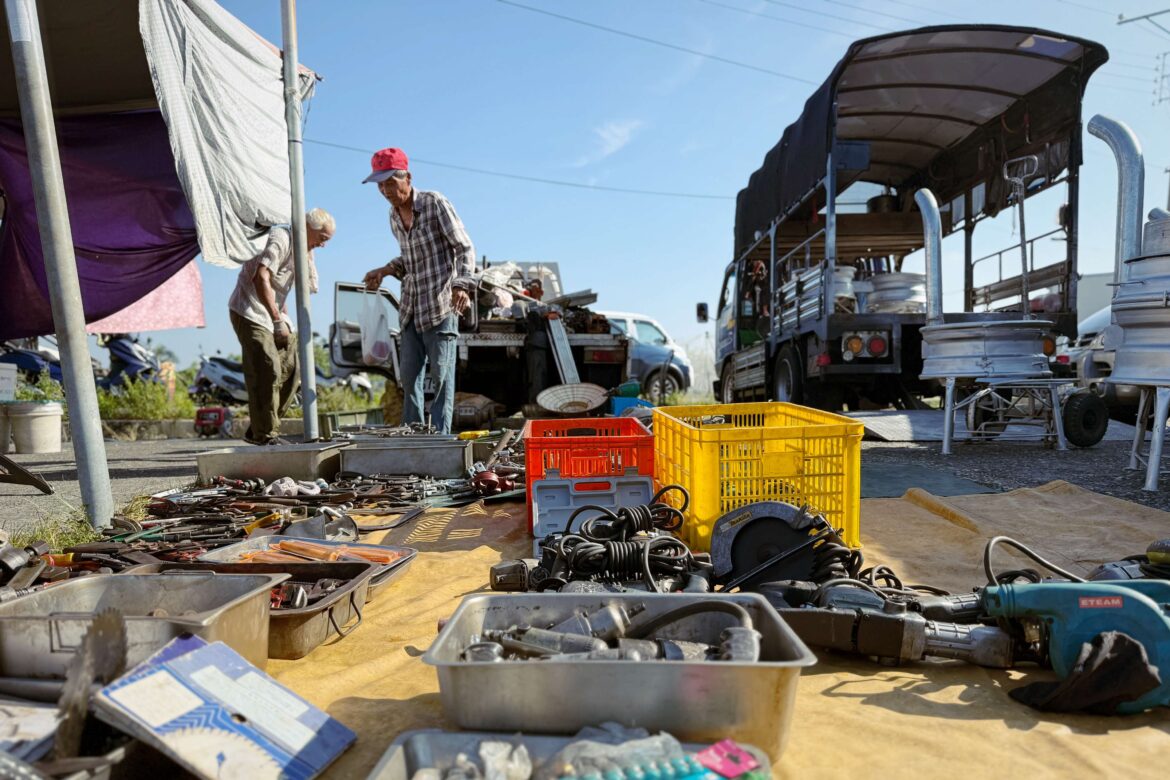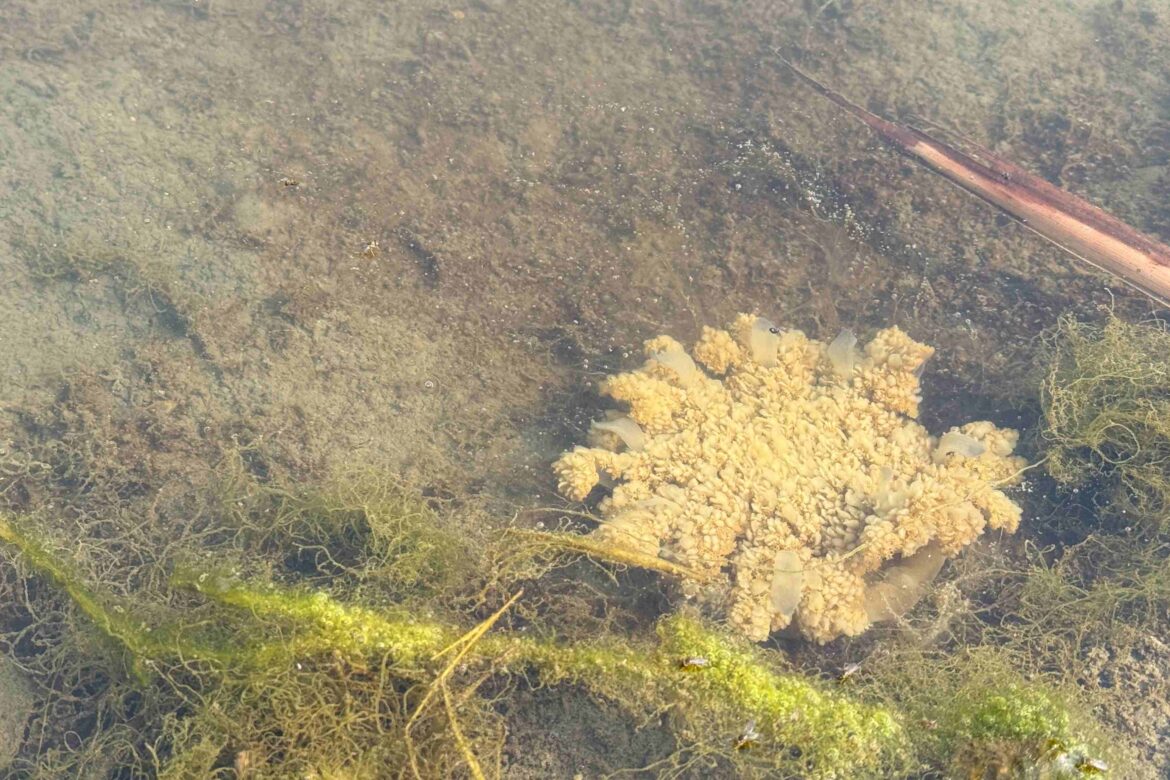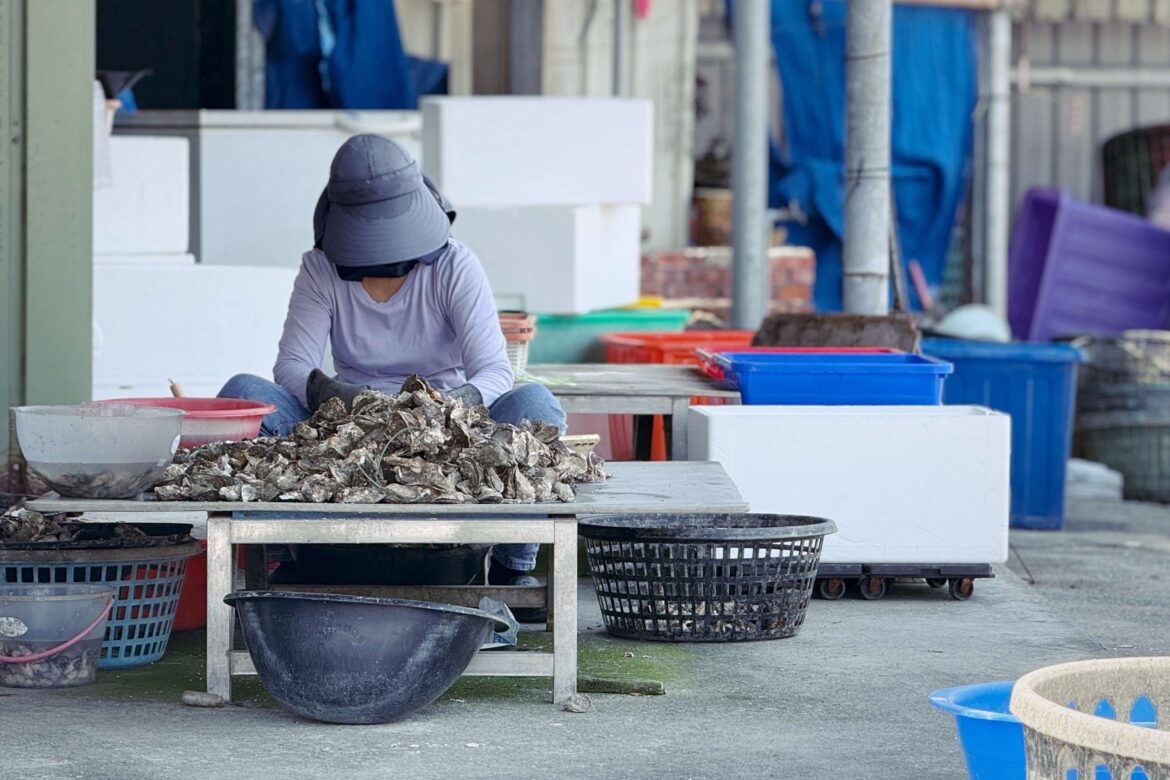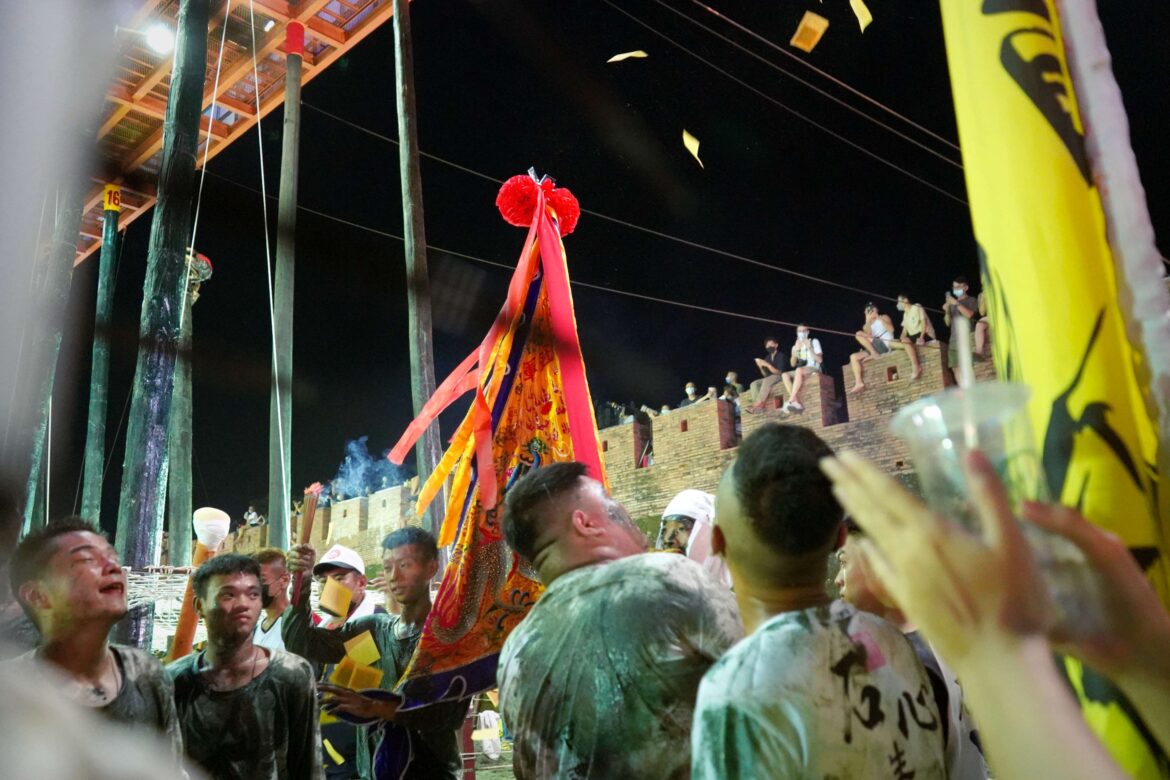Let’s begin the first article of the 2026 “Taiwan 368 Townships” with a place whose name already sounds auspicious — Anding (安定)! Anding is home to ancient temples and a rich King Boat culture, symbolizing heritage and divine protection. It is our hope that this blessing will bring everyone peace and prosperity throughout the year.
南部丨SOUTH
Because my workplace is near Central Park, the Cianjin District has always been the area where I most often wander during breaks from work. Over the past few years, I’ve truly felt how much Kaohsiung has changed. Central Park becomes more beautiful every year, and there are more and more events. As a Kaohsiung local, I’m genuinely proud of my city.
From May until around the Mid-Autumn Festival is the prime season when oysters are at their fullest, juiciest, and most irresistibly sweet. In other words, right now is the best time to savor them at their finest. Dongshih in Chiayi, protected by the natural barrier of Waisanding Sandbar, is not only the largest oyster-producing area in Taiwan but is also renowned nationwide for its exceptional quality.
On Saturday, September 6, the annual religious event “Hengchun Chiang Ku Festival” will take place. This year, 17 teams will compete for the championship banner!
When people think of Hengchun, the first things that come to mind are usually the overpriced stalls of Kenting Night Market, the iconic Eluanbi Lighthouse, or the breathtaking Kenting National Park. But beyond its tourist-heavy reputation, Hengchun has a hidden side—one that many have never witnessed firsthand: The “Chiang Ku” (Pole-Climbing) Competition—a jaw-dropping, high-stakes event that blends faith, courage, and ancient techniques, only performed once a year during the Ghost Festival.
Although it's not a typical tourist attraction and is somewhat remote, Shinyuan Township has a charm that keeps drawing me back. On one side, there’s the local legend of a mischievous carp spirit; on the other, the divine miracle of Mazu controlling the waters. These captivating stories, quietly brewing in the depths of this land, have become my reason for returning time and time again.
